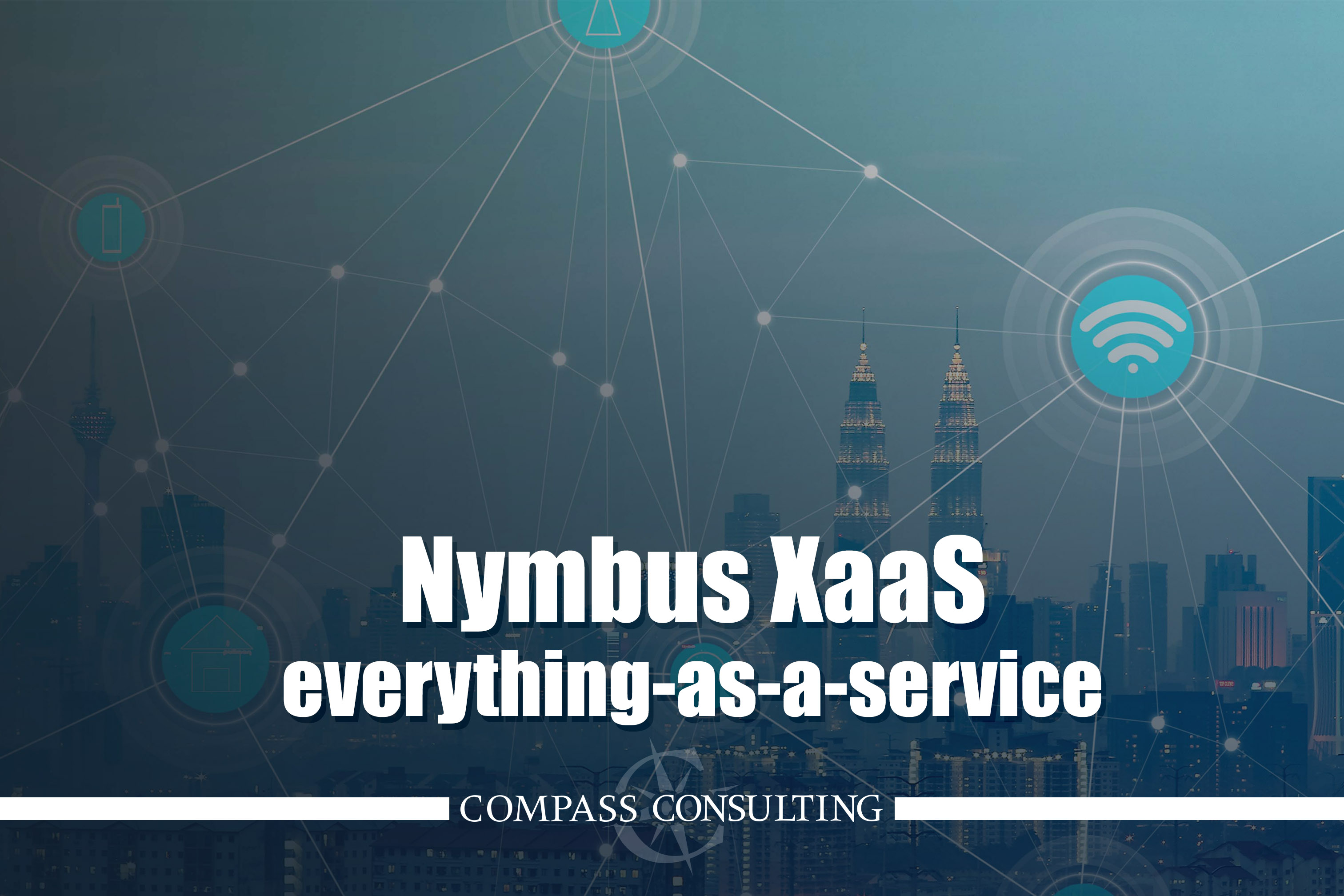While disasters are generally infrequent events, they do happen. Disasters may include natural, environmental, or even man-made events. In the event of a disaster it is imperative that your business is prepared and has a plan in place. A disaster recovery plan (DRP) will document the procedures to protect and recover business IT infrastructure, data, and intellectual property in the event of a disaster. Moreover, these plans will prevent costly missteps that can be made in the heat of the moment. These plans precisely document the process and procedures that a business will follow during a disaster scenario. The plan will cover the steps taken before, during, and after the event.
Considering a business’s growing dependency on IT, a DRP is a mission critical procedure that no business can do without. The objective of these DRP’s is to mitigate the risk of downtime and data loss, and will help to minimize costly operational disruptions.
Disaster recovery plans have the following two major objectives:
- Recovery Time Objective (RTO), which specifies the time which a business’ processes will be restored.
- Recovery Point Objective (RPO), which determines the age of data that will be restored from a backup solution for business to continue.
Customer and vendor relations matter, too. What will you say when a customer or vendor who relies on your business asks if you have a disaster recovery plan?
Disaster Recovery Plan
There is no singular type of DRP. However, the following fundamental considerations are included in any DRP.
- Preventative Measures will attempt to prevent the disaster from occurring.
- Detective Measures will discover the presence of unwanted events that may occur inside of the network infrastructure.
- Corrective Measures, which are utilized to restore a network system after a disaster has occurred.
Benefits Include:
- Minimizing the risk of delays to bring a system back up.
- Guaranteeing the availability and reliability of standby equipment.
- Mitigating the decision-making process during a disaster event.
- Reducing the potential for costly legal liabilities.
Business Continuity Plan
A DRP is included within a business continuity plan (BCP), although it is only one portion. A BCP covers the process of creating systems of prevention and recovery to assist in the management of any threats to the business. A threat that could negatively affect the operation are included within this plan. A company’s BCP will diagram a range of scenarios and the specific steps needed to be taken by the business to return to normal business functioning. The BCP is developed ahead of any threats and may include precautions which would be put into place. This plan will touch on key staff and stakeholders so that all aspects of the business have minimized the potential harm that any adverse scenario may create.
Again, these plans will prevent costly missteps that can be made in the heat of the moment.
Business Continuity Plans May Include:
- Business Resumptions Plan
- Occupant Emergency Plan
- Continuity of Operations Plan
- Incident Management Plan
- Disaster Recovery Plan
- Recovery Time Objectives
- Recovery Point Objectives
Cloud Based Disaster Recovery Infrastructure
A cloud-based disaster recovery plan (Cloud DR) consists of a back-up and recovery strategy that encompasses the storing and maintaining of copies of company data within a cloud computing environment to provide a security measure. Just as with an on-premise DRP, a Cloud DR plan’s goal is to provide a business with the ability to recover data and provide failover in the event of a disaster scenario.
Benefits Include:
- Multiple avenues of implementation: on-site, partially on-site, and as-a-service.
- Pay-per-use storage based on capacity, bandwidth, or seat count.
- Data failover options in multiple geographic locations.
The best disaster is the one that you are prepared for. Let Compass Consulting help you prepare your business for whatever life may throw at it.
We want to provide value and welcome your questions. Please Contact Us to discuss your current IT situation and future needs.













